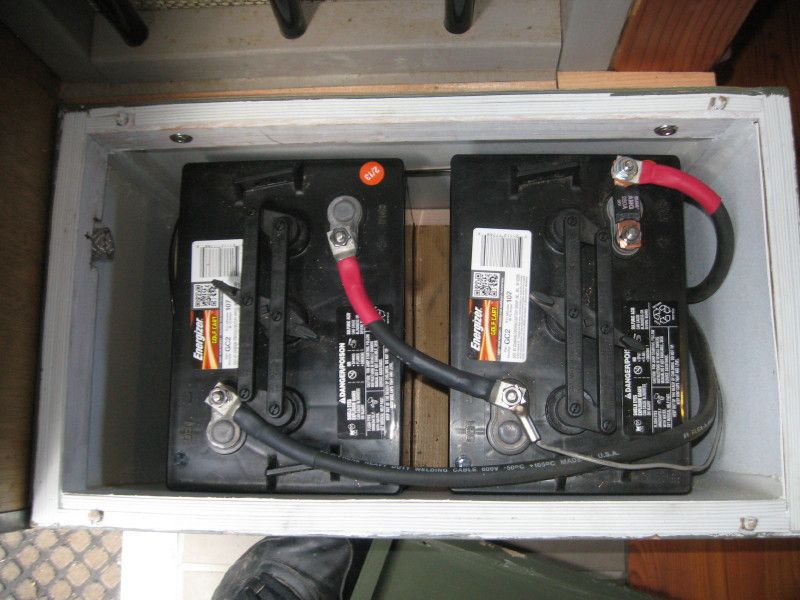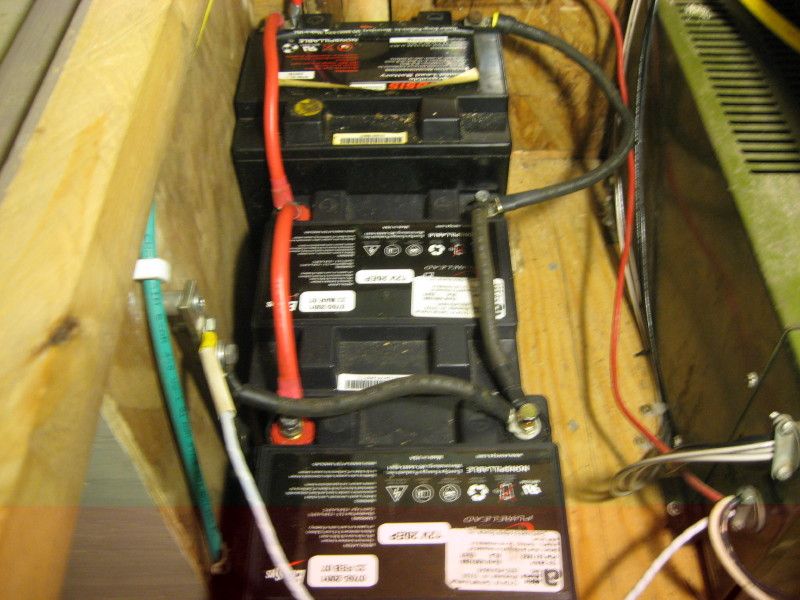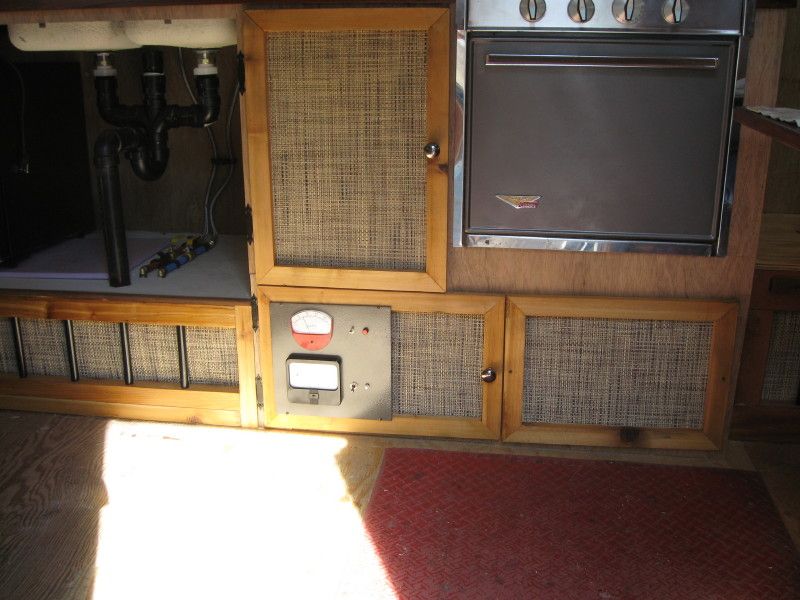brdprey
Sep 27, 2016Explorer
battery banks
:h
this is for the TT group.
i have been looking to add an extra battery bank to the tub. when we purchased it. it had already been converted from a single 12 to dual 6. yea i know we haven't even gone camping in it yet. i dont like hook ups and usually do this a week at a time.
i usually carry extra batteries in the truck for our pop up.
i was hoping i could get some ideas of where to relocate the bank.
and learn why you chose that location.
plus, i love this place. you guys are very creative and make it worth coming back night after night.
yea im also hoping to see some pics of this as well.
i am hoping to save enough thru the winter and next year to convert to 300 + solar system. the longer we are out the better it is for our sanity.
this is for the TT group.
i have been looking to add an extra battery bank to the tub. when we purchased it. it had already been converted from a single 12 to dual 6. yea i know we haven't even gone camping in it yet. i dont like hook ups and usually do this a week at a time.
i usually carry extra batteries in the truck for our pop up.
i was hoping i could get some ideas of where to relocate the bank.
and learn why you chose that location.
plus, i love this place. you guys are very creative and make it worth coming back night after night.
yea im also hoping to see some pics of this as well.
i am hoping to save enough thru the winter and next year to convert to 300 + solar system. the longer we are out the better it is for our sanity.




